Global average of the 65+ population in 2060



The current debate around autonomous driving tends to focus on its potential impact in cities. We think that the perspective should be broader: Self-driving vehicles could be the key to reconnecting the countryside, part of the mobility solution for people living in rural areas.

Rural populations are often isolated due to a lack of public transport options . Autonomous vehicles can fill the void and make a major contribution to mobility in these areas, boosting the quality of life of rural residents. In addition, the countryside offers automotive companies a uniquely valuable opportunity to develop and test autonomous driving propositions in a rewarding market marked by quieter roads and less traffic.
Three customer groups would particularly benefit from public or semi-public transportation systems based on autonomous vehicles. The first is elderly people who are no longer able to drive and cannot access traditional public transit. The second group includes people who are not yet of driving age. This includes schoolchildren, where the option of a self-driving bus with an adult chaperone offers an economical solution for parents. The third group consists of people with disabilities, those who cannot drive or who have difficulty accessing traditional public transit.

Of the three groups, the elderly population is of particular interest. That is due to the fact that the percentage of people aged 65 or above is expected to double between 2015 and 2055 and ultimately make up 17 percent of the global population on average. Figures for individual countries are even more striking. For example, the 65+ population is forecast to represent 30 to 35 percent of society in China, Singapore, Italy, Germany and South Korea by 2060, and perhaps as much as 40 percent in Japan.
Significantly, statistics show that the elderly make up a larger proportion of today's society in rural areas than in the countries as a whole. For example, in Japan, where more than a quarter of the population is aged 65+ today, the figure for rural areas is as high as 30%.